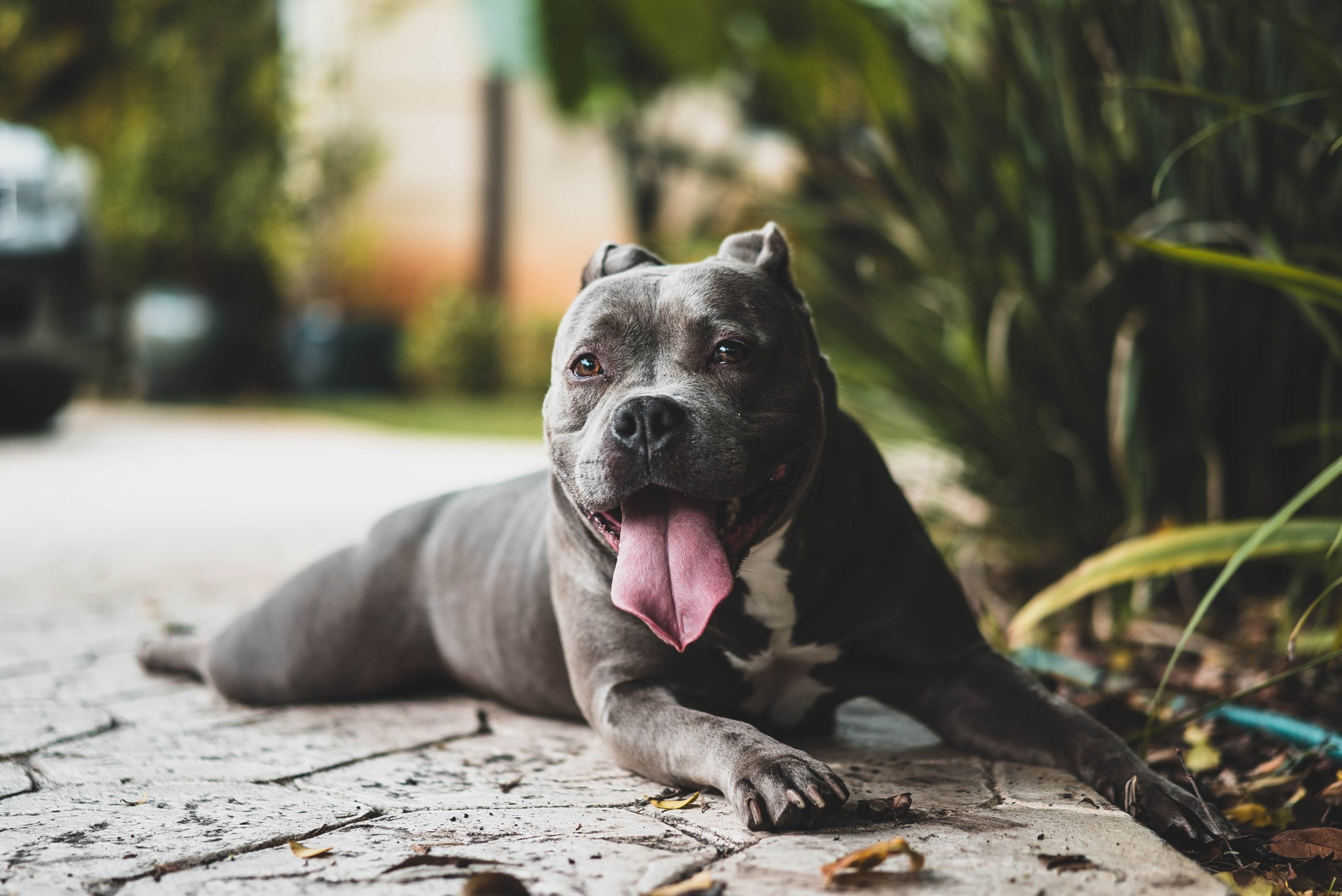The Ultimate Guide to Rabies Vaccines for Dogs and Public Health
The article discusses the significance of rabies vaccines for dogs and public health, emphasizing the importance of vaccinating pets to prevent the spread of rabies to humans and highlighting the role of government agencies in controlling the disease.
Understanding Rabies
Canine rabies is a viral infection that affects the central nervous system and is primarily transmitted through the saliva of an infected animal. This means that when an infected animal bites another animal or human, the virus can be transmitted through the saliva, making it a significant public health concern. Once the virus enters the body, it travels along the nerves to the brain, leading to the classical symptoms of rabies, including fever, headache, weakness, and behavioral changes [3].
For instance, consider the case of a dog that encounters a rabid wild animal, such as a raccoon, which is a primary carrier of the rabies virus. If the dog is not vaccinated against rabies and gets bitten by the infected raccoon, the virus can be transmitted, leading to the development of rabies in the dog. This highlights the importance of vaccinating dogs to protect them from contracting and spreading this deadly disease to other animals and humans.
Understanding the transmission and symptoms of rabies in dogs emphasizes the critical role of vaccination in preventing the spread of this fatal disease. By vaccinating dogs, not only are individual pets protected, but it also contributes significantly to public health by reducing the risk of transmission of rabies to humans and other animals.
Importance of Rabies Vaccination
Rabies is a zoonotic condition, meaning it can be transmitted from animals to humans and is almost always fatal. This underscores the critical need for vaccinating dogs and cats between 4 and 6 months of age, as well as administering booster shots, to prevent the spread of rabies. For example, in the United States, the Centers for Disease Control and Prevention (CDC) emphasizes the importance of rabies vaccination as a public health measure to protect both pets and humans from this deadly disease. The requirement for booster shots is essential because it ensures that the immunity levels against rabies remain high in pets, providing continued protection against the virus.
Moreover, most states in the U.S. have strict regulations governing the administration of rabies vaccinations to domestic animals. These regulations serve as a crucial legal framework aimed at safeguarding public health. For instance, in New York, the state law requires all dogs, cats, and domesticated ferrets to be vaccinated against rabies by four months of age, and the animals must receive booster vaccinations to maintain their immunity. Failure to comply with these regulations can have serious consequences, including hefty fines and the possibility of the animal being taken away or destroyed. Thus, these legal requirements not only protect individual pets but also contribute to the overall public health and safety of communities by reducing the risk of rabies transmission from animals to humans.
Public Health Implications
Rabies is a zoonotic disease, meaning it can be transmitted from animals to humans, and it is almost always fatal if not treated promptly. The virus is primarily carried by wildlife such as bats, skunks, raccoons, and foxes, with more than 90% of rabies cases in the US affecting these animals. Despite this, approximately 10% of reported rabies cases impact companion animals like dogs and cats, highlighting the significant risk to public health posed by this disease.
For example, in the case of a rabid raccoon biting a dog, the potential for transmission of the virus to the dog and subsequently to any human who comes into contact with the infected dog is a concerning public health issue. This emphasizes the importance of vaccinating pets against rabies to create a barrier against the spread of the disease from wildlife to humans. Therefore, responsible pet ownership that includes regular rabies vaccinations for dogs and cats is crucial in reducing the risk of rabies transmission to humans, thereby safeguarding public health.
Given the potentially fatal consequences of rabies for both animals and humans, it is imperative for pet owners to remain vigilant about their pets’ vaccination schedules and overall well-being. By ensuring that pets are up to date with their rabies vaccinations, pet owners play a key role in preventing the spread of rabies and protecting the health and safety of their communities.
Control Measures
Prevention of rabies is a multifaceted effort that goes beyond the simple act of vaccinating dogs. For instance, it also involves educating the public about the significance of avoiding contact with stray animals, which are more likely to be carriers of the virus. In some areas, mass dog vaccination campaigns are organized to ensure a higher percentage of the dog population is immunized, thereby creating a barrier against the spread of rabies. These campaigns not only protect individual pets but also contribute to the overall reduction of the disease in the community.
Moreover, government agencies, such as the Viral Disease Division at the Animal, Plant and Fishery Quarantine Inspection Agency, play a pivotal role in monitoring and executing measures to combat rabies. These agencies are instrumental in conducting research that helps in understanding the prevalence of the disease, identifying high-risk areas, and implementing control strategies. Furthermore, their efforts are essential in ensuring the enforcement of laws related to rabies prevention and the protection of both domestic and wild animals. By spearheading these initiatives, these government bodies contribute significantly to the overall public health and safety.
Conclusion
In conclusion, the significance of rabies vaccination for dogs and cats cannot be overstated. Not only does it protect the animals from a fatal viral infection, but it also plays a crucial role in safeguarding public health and safety. One particular example that highlights the importance of rabies vaccination for pets is the case of wildlife such as bats, skunks, raccoons, and foxes, which are the primary carriers of the rabies virus in the United States. With more than 90% of rabies cases in the US affecting wildlife, there is a direct link between the vaccination of domestic animals and the prevention of rabies in humans.
Furthermore, the diligent adherence to pet vaccination schedules by responsible pet owners is essential in curbing the spread of rabies. For instance, ensuring that dogs and cats receive their initial rabies vaccination between 4 and 6 months of age, followed by booster shots, is a critical step in preventing the transmission of rabies to humans. This not only protects the individual pets but also contributes to the collective public health by reducing the risk of rabies outbreaks in the community. Therefore, it is imperative for both pet owners and the general public to recognize the role of rabies vaccination in preventing the spread of this deadly virus and to actively support and facilitate vaccination efforts for domestic animals.




